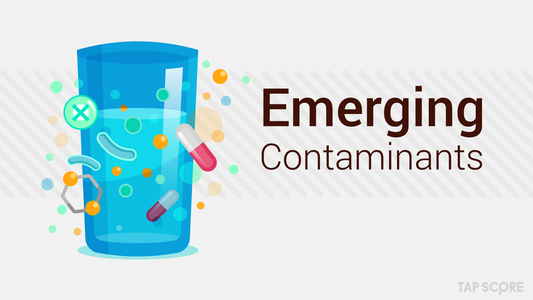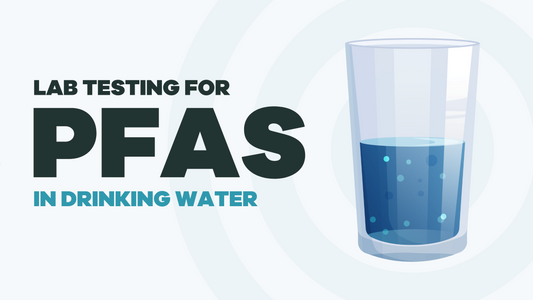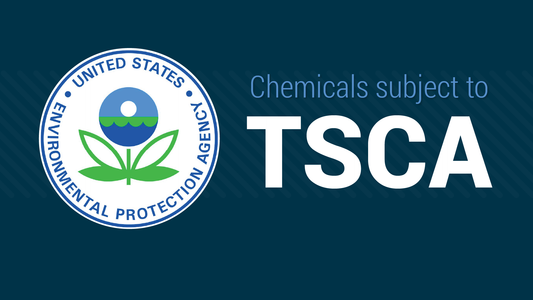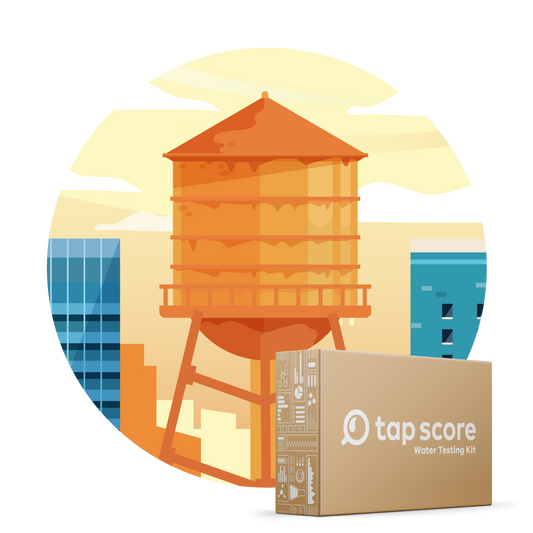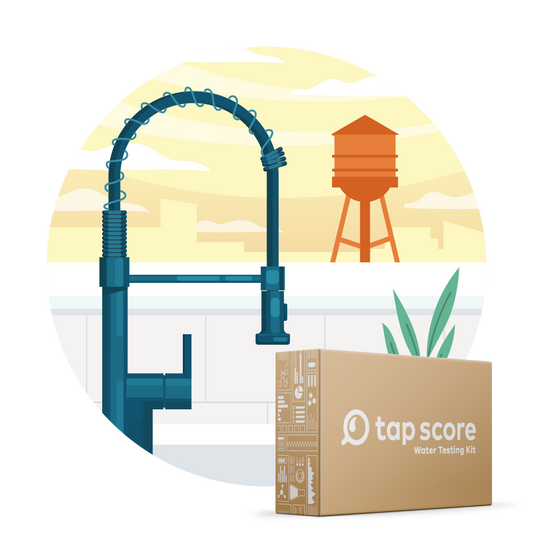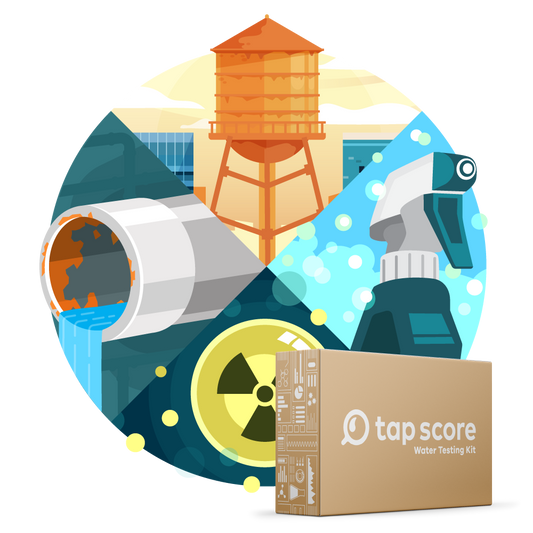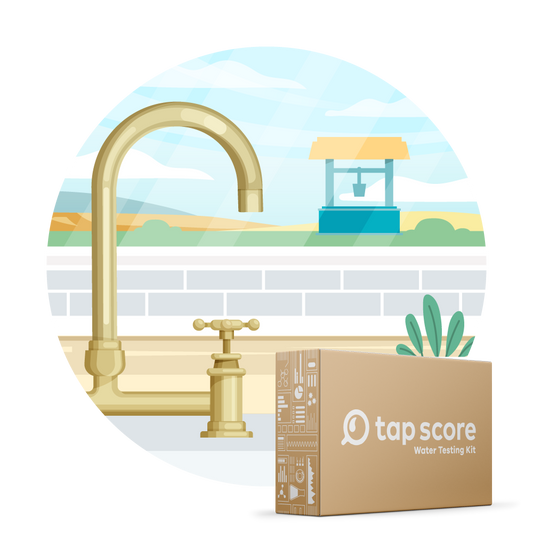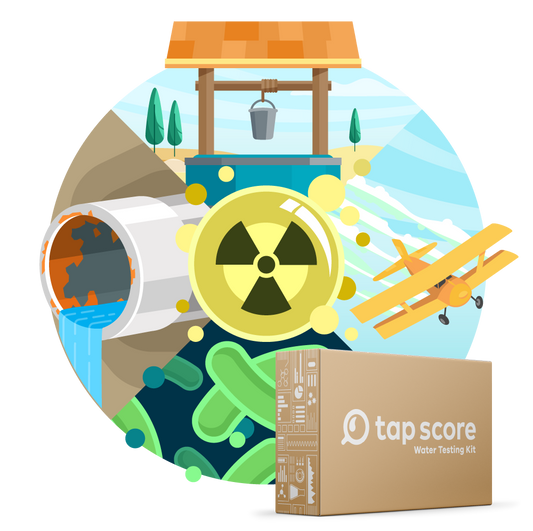
What Is The Difference Between MCLG and MCL?
The Different Ways the EPA Regulates Drinking Water Contaminants
There are thousands of acronyms used by the Environmental Protection Agency (EPA), water engineers, and public health practitioners. When it comes to understanding a water quality report or new standards that come out–it is no surprise why so many folks get confused.
Here, we provide some clarity on important water-related acronyms that you'll see over and over again–both in water research and on your Tap Score water quality report.
MCLG: Maximum Contaminant Level Goal
Before establishing regulatory standards, the EPA reviews the health effects data from the available scientific literature. Then, the EPA establishes a Maximum Contaminant Level Goal (MCLG) for the contaminant in question.
An MCLG serves as a non-enforceable public health objective–rather than regulatory standard. In essence, they are aspirational. These goals allow for a margin of safety, as they limit the level of a contaminant in drinking water to a concentration below which there is no known (or expected) human health risk. They do not, however, consider the limits of detection and/or treatment technology effectiveness. As a result, they can be set at levels which water treatment systems cannot meet.
The MCLG for non-carcinogenic contaminants varies based on the reference dose, which estimates the amount of a contaminant that a person can be exposed to on a daily basis that is not expected to cause adverse health effects over the course of his or her lifetime. For carcinogenic contaminants on the other hand, there is no acceptable level and the MCLG is set at “zero.”
MCL: Maximum Contaminant Level
Following the determination of the MCLG, the EPA establishes the Maximum Contaminant Level (MCL). The most significant difference between an MCLG and an MCL comes down to the fact that an MCL is an enforceable regulation. This legal threshold refers to the highest concentration of a contaminant permitted in drinking water from public water systems under the Safe Drinking Water Act.
The MCL for a given contaminant may be a higher threshold than a contaminant’s MCLG value due to the following factors:
Ideally, the MCL is set as close to the MCLG as possible–although, the aforementioned parameters sometimes prevent this from happening.
What Are Drinking Water Standards?
While your municipal water utility removes many contaminants from your drinking water, not everything can be eliminated. In order to effectively protect your health, the EPA sets drinking water standards that govern the maximum concentrations of various chemicals in your water.
There are two levels of drinking water standards–Primary and Secondary.
NPDWS: National Primary Drinking Water Standards:
Primary drinking water standards are legally enforceable and must be followed by public water systems. Currently, the EPA has established MCLs for fewer than 100 contaminants. While this number may be lower than you expected–especially considering that there are over 62,000 chemicals currently on the market–the contaminants that made the list pose the highest risk to human health. That said, many contaminants with high health risks under investigation still lack effective regulations.
For contaminants that the EPA wants to regulate but for which there is no economically or technically viable threshold (i.e. MCL), the EPA sets what are known as “treatment technique rules”, which are enforceable procedures thought to minimize risk. An example of this is the enforcement of optimized corrosion control for lead and copper - the Lead and Copper Rule.
NSDWS: National Secondary Drinking Water Standards:
Secondary drinking water standards serve as non-enforceable guidelines for 15 contaminants. Sometimes referred to as secondary maximum contaminant levels, these SMCLs are geared towards addressing non-health driven issues, like taste and odor The SMCLs fall into three categories: aesthetic, cosmetic, and technical. Water systems are encouraged to control the selected contaminants, but they are not regulated.
Is Meeting MCL Requirements Enough To Keep You Safe?
MCLGs and MCLs are established with the best of intentions: to keep you safe and healthy. However, the frequent discrepancy between the guideline (MCLG) and the enforceable standard (MCL) indicates that other factors play a significant role. The legal limits are frequently determined by economic and political factors in order to reduce costs. The available technology plays into the disparity as well.
Science tends to improve our understanding of the health effects, so contaminant level standards may evolve; but the timeline of implementing regulations can be painfully slow.



